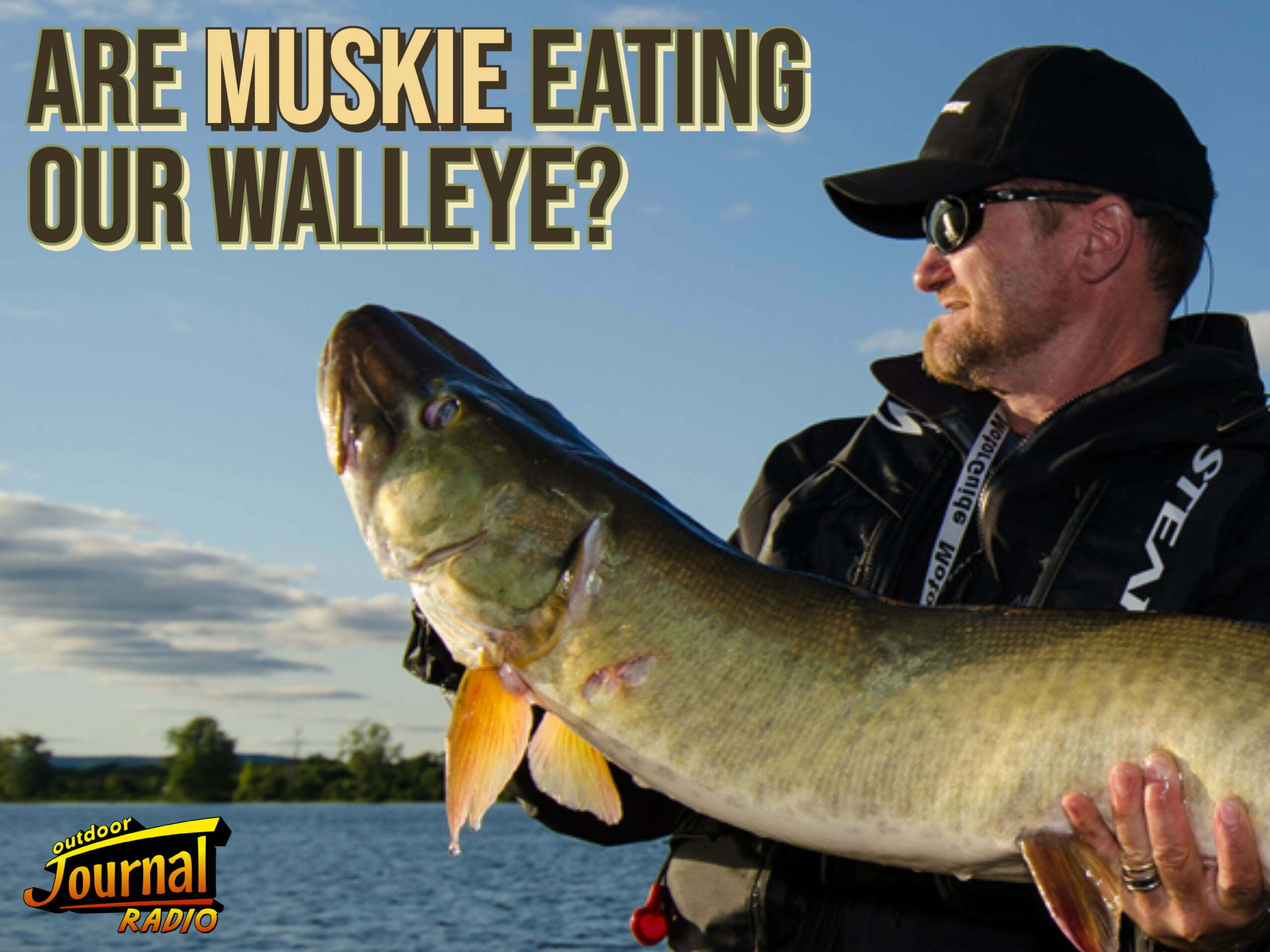This week on Outdoor Journal Radio, Ang and Pete kicked off the show by looking at a recent study out of Bemidji State University in Minnesota that seems to give us some interesting insights into what some of our favourite gamefish are really eating.
The study was conducted by grad student, Kamden Glade, who, in collaboration with the DNR and St. Thomas University, took stomach samples from Pike, Walleye, Bass, and Muskie from ten different Minnesota lakes over the course of one year. The purpose of this study was to determine what these gamefish were eating, how the presence of cisco affect it, and if there is any evidence supporting the claims that muskie are decimating local walleye populations. Here were the results:
Northern Pike
Starting with Northern Pike, the stomach samples showed that Yellow Perch are the main food source for Northern Pike where they are abundant. This is of little surprise to anglers who like to target these fish, however, Pike anglers might be interested to find that Sunfish, Crappie, and Whitefish (Coregonids) become staples of the Pike’s diet when Yellow Perch are less abundant.
In fact, this is why Gord Pyzer mentioned on a recent episode of Outdoor Journal Radio that he has begun intensely studying the patterns of Whitefish in order to find more summertime Northern Pike and Muskie, a strategy that has undoubtedly paid off.

Walleye
Walleye diets looked little different than that of Northern Pike (Whitefish notwithstanding), painting a telling picture of what species may be having more of an impact on Walleye populations.
Also of note, Pete and Ang were surprised to find how large of a portion of the fish’s diet is made up of Sunfish when Yellow Perch were not present, perhaps encouraging them to bring a few flatter, longer baits with them the next time the Walleye bite is slow.
Largemouth Bass
Largemouth bass were the one outlier in this study in the sense that they provided very few surprises in their dedicated consumption of Crayfish in most lakes. The one exception, however, was that in lakes without cisco and presumably with lower crayfish numbers, the focus turned towards Sunfish much more than it did Yellow Perch.
As Ang and Pete mentioned on the podcast, this is likely due to the two species’ tendency to share spawning grounds. With Crappie being a primary predator of bass eggs and fry, these fish become a prime target of the protective Largemouth Bass’s rage.
Muskie
Now for the Muskie.
As you can see in the chart above, in lakes where Cisco were present, Yellow Perch made up the vast majority of the Muskie’s diet and in lakes where Cisco were not present, Northern Pike took the top spot!
As if Northern Pike topping the Muskie’s menu wasn’t surprising enough, it is perhaps even more worth noting that Walleye were not found in enough fish to even crack the list, breaking the notion that Muskie are responsible for decreased walleye numbers, at least in these bodies of water.
Take-Aways
The main takeaway from this study comes from a look at the diet overlap.
As you can see by looking at all of the results, the diet of the Muskie overlaps very little with the three species it shares the water with, suggesting that this fish has very little impact on their populations when it comes to dietary competition.
Furthermore, as noted above, Muskie seem to rarely directly consume walleye, dispelling the myth that these fish are a detriment to Walleye populations.
In fact, based on this study, it would appear that Northern Pike, whose diet overlaps heavily with Walleye, is likely having a far greater impact on their numbers as a result of the direct competition.
Based on these findings, it seems to us that Muskie would actually have a positive impact on Walleye populations in lakes with Northern Pike, as their direct consumption of them would help keep numbers in check and reduce the competition for Walleye in finding their favourite food source, the Yellow Perch.
If you want to learn more about this study, check out the full presentation by Kamden Glade below:






